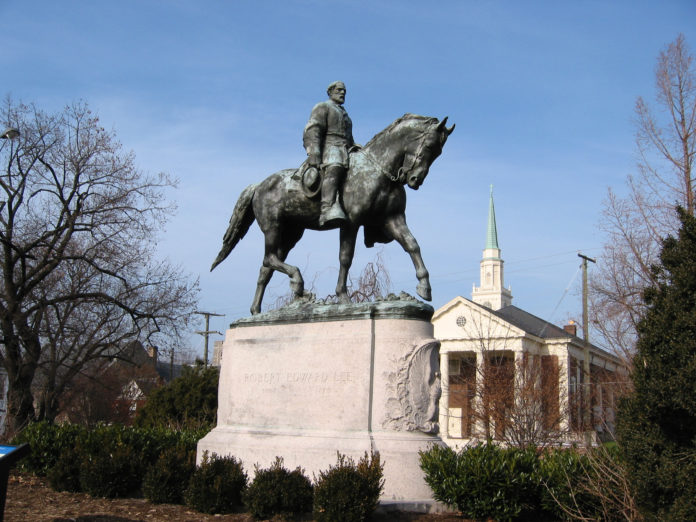
Carly Stauffer; Guest Writer; stauffice@plu.edu
Anyone with a calibrated moral compass recognizes August’s Charlottesville tragedy as corrupt and heartbreaking. The bloody clash of white supremacists rallying against the removal of a statue of Robert E. Lee and their counter-protestors has brought to the limelight discussions of taking down additional Confederate statues and the curtailing of offensive speech.
I oppose the hateful message of white supremacy, and am troubled by our country’s diseases—violence, racism and bigotry.
But, I do not believe the removal of historic monuments and restriction of free speech is the answer.
When I was younger, I remember being told the story of America’s infancy. We glossed over the less-than-pleasant details of the Pilgrims’ arrival and entirely ignored the subsequent outrageous treatment of Native Americans. It was as though we had dumped whiteout on the United States’ history. Picture books for seven year olds typically do not include rampant disease and gory massacres. Needless to say, one must progress past such an elementary review of a nation’s narrative, and examine both her praiseworthy and deplorable moments, lest lessons are not learned and history is repeated.
Historical monuments serve this purpose excellently—even those originally erected to celebrate those things we now mourn over. They celebrate human achievement. They commemorate the accomplishments of complex characters, defined by both admirable and disappointing attributes. They are stark reminders of human depravity, warning future generations of the guise evil can take.
America was founded on the belief that those with contrasting ideas can live together peaceably, and her success ultimately relies upon the ability of her citizens to do so. As monuments that cause offense are hidden and destroyed, I believe a dangerous message is sent: to be at peace with one another necessitates adoption of identical opinion. This is about much more than statues.
And perhaps the answer is not fewer statues, but more. More champions of civil rights, more minorities, more women. More examples of ethical achievement, of the progress of America’s moral compass. The old and the new can be neighbors, collectively telling a story of America—her mistakes and her triumphs. Provoking sadness at her failures, and applause at her success, relaying the full narrative, not just the pretty picture book.
And yet I recognize the limitations of my perspective—that my opinion is but one of many, and that I have not suffered the sting of racism, nor do I have ancestors that were once in chains. Chances are, my opinion is different than yours. You may be my co-worker, my professor or even my friend—because we live in a country in which polar perspectives are not hidden, but discussed in classrooms and over coffee. Because peace does not depend on identical opinions, but on mutual respect. We will not draw swords, but will draw conclusions. It is one of those things that makes America more than a place, but rather an idea to be protected and cherished. I hope we can keep her.
Author’s Note: this piece was inspired by Eric Metaxas’ novel “If You Can Keep It: The Forgotten Promise of American Liberty.”
 Campus Safety Incident Reports
Campus Safety Incident Reports Watch Now
Watch Now
















